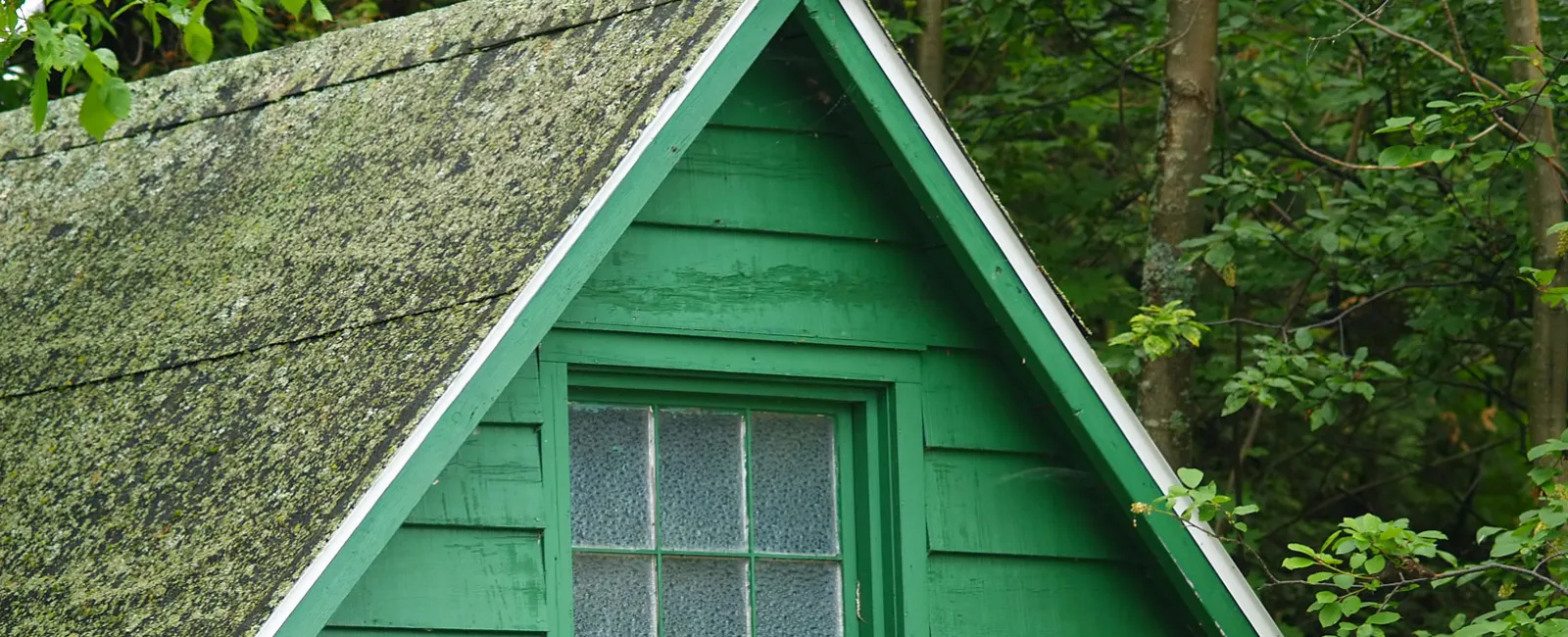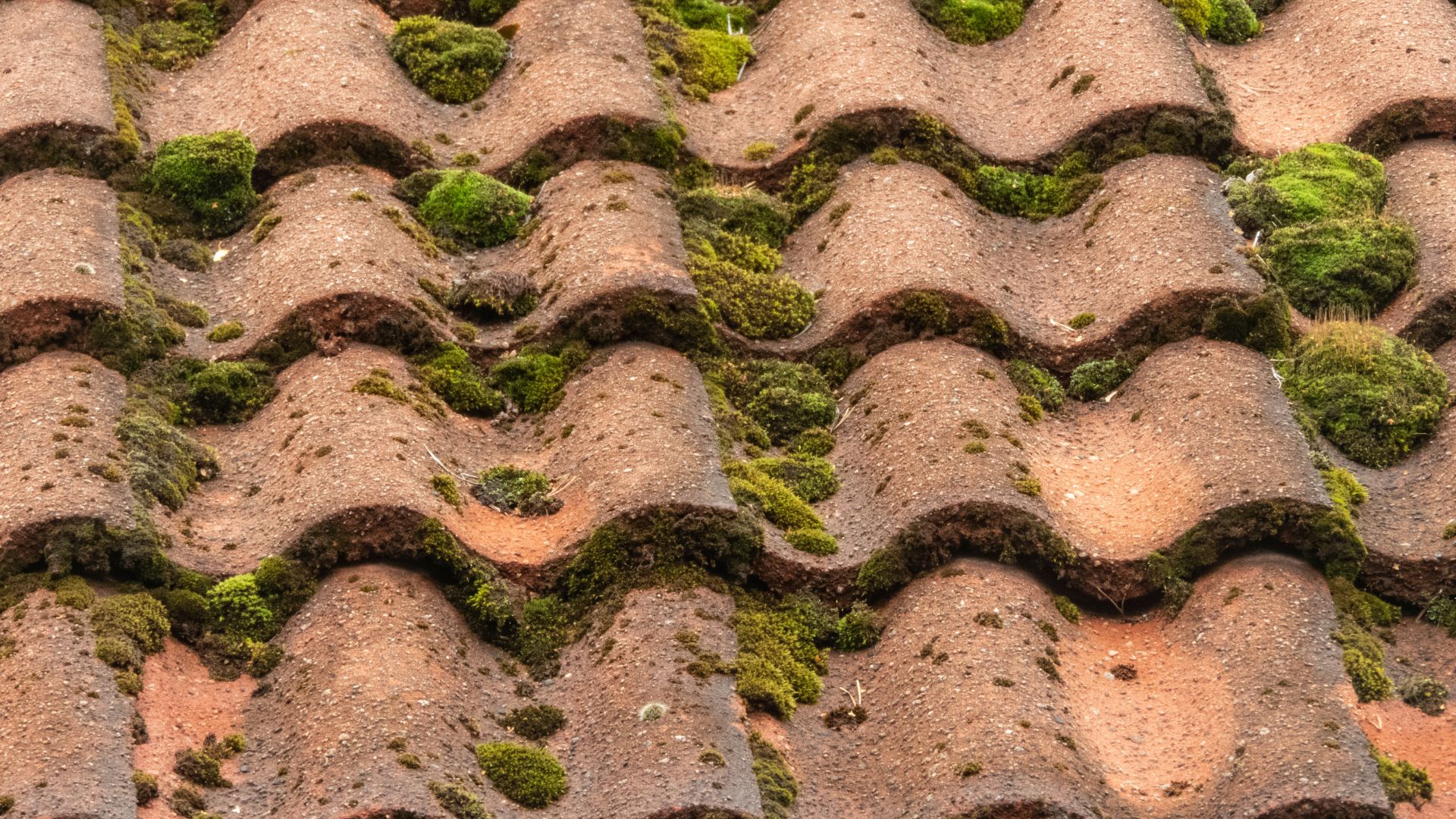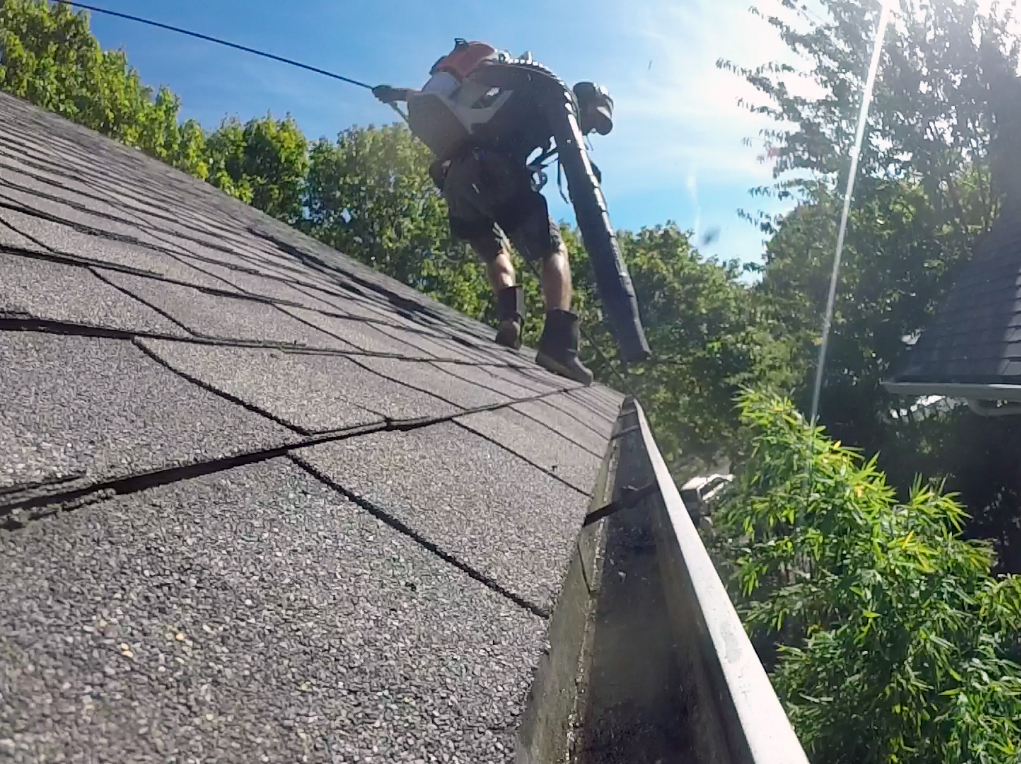Keeping a home in top condition requires regular maintenance and attention to various elements that contribute to its structural integrity and aesthetic appeal. Roof moss removal is often seen as a necessary but standalone task. However, when combined with other home improvements, it can enhance the overall durability and appearance of a property. Taking a holistic approach to home maintenance ensures that homeowners get the best value from their efforts while protecting their investments.
Why Roof Moss Removal Matters
Moss growth on a roof is not just an aesthetic issue—it can lead to serious problems if left unchecked. Over time, moss retains moisture, which can seep into roofing materials, causing decay, leaks, and structural damage. Additionally, moss can loosen shingles, making them more susceptible to wind and weather-related damage. By addressing roof moss early and pairing its removal with other essential home improvements, homeowners can prevent costly repairs and extend the lifespan of their roofs.
Enhancing Roof Longevity with Preventative Measures
After removing moss, it is important to implement preventative measures to keep it from returning. Applying a moss-resistant treatment to the roof can help inhibit regrowth. Homeowners should also consider improving roof drainage by cleaning gutters and downspouts regularly. Proper drainage ensures that rainwater flows away from the roof instead of accumulating in areas where moss thrives.
Another preventative step is trimming overhanging tree branches that provide shade and trap moisture. Increased sunlight exposure helps dry the roof surface more efficiently, reducing the conditions that encourage moss growth. Regular inspections and minor repairs, such as replacing damaged shingles or reinforcing weak areas, further contribute to the longevity of the roof.
Combining Roof Moss Removal with Gutter Cleaning
Gutters play a crucial role in directing water away from the home. When clogged with leaves, dirt, and debris, they can cause water to overflow, leading to roof damage, leaks, and even foundation issues. Since moss removal often involves clearing debris from the roof, it makes sense to include gutter cleaning as part of the process.
By ensuring that gutters are free of blockages, homeowners can prevent water from backing up onto the roof and creating conditions for moss to regrow. Installing gutter guards can also help reduce maintenance by minimizing the accumulation of debris. Combining these tasks saves time and ensures a more comprehensive approach to home maintenance.
Roof Repairs and Energy Efficiency Upgrades
During the moss removal process, it is common to discover minor roof damage that needs attention. Addressing these issues promptly prevents them from escalating into major repairs. Replacing missing or damaged shingles, sealing small leaks, and reinforcing weak spots contribute to the overall health of the roof.
This is also an opportunity to improve the home’s energy efficiency. Upgrading insulation in the attic can enhance temperature regulation, reducing heating and cooling costs. Installing reflective or energy-efficient roofing materials can further contribute to better energy performance. Since moss removal already involves working on the roof, taking advantage of this time to make necessary repairs and improvements is a cost-effective approach.
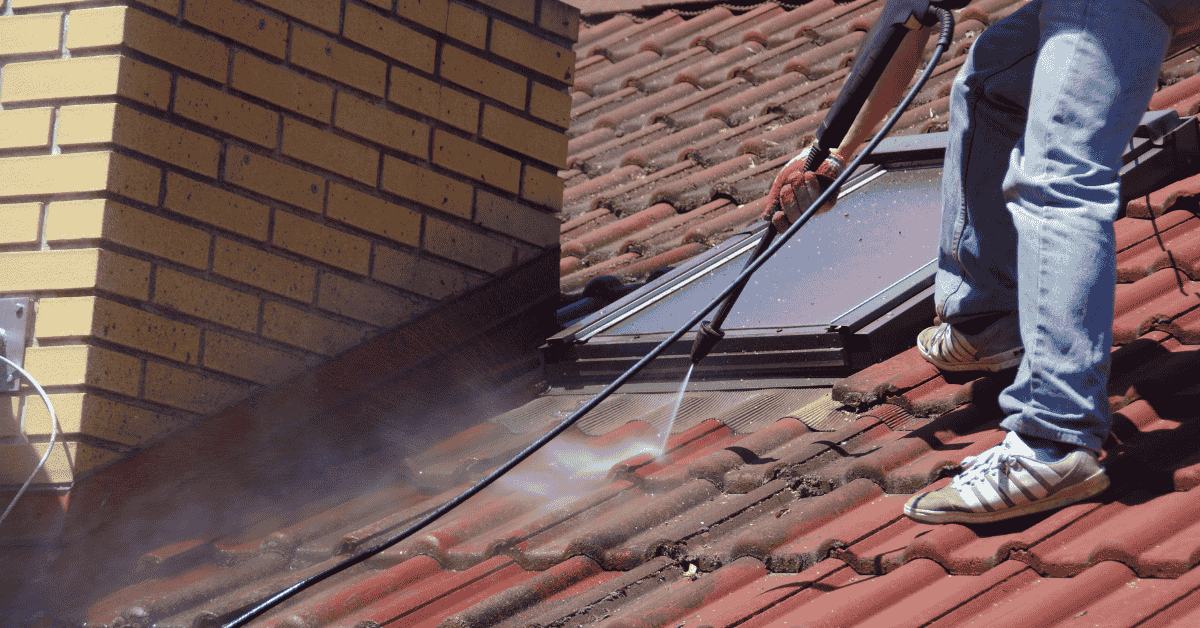
Exterior Cleaning and Painting
A clean roof can highlight other areas of the home that may need attention, such as siding, windows, and exterior walls. Power washing the siding and walkways can remove dirt, grime, and algae buildup, giving the home a fresh and well-maintained look. Repainting the exterior can further enhance curb appeal while providing additional protection against the elements.
Choosing high-quality, weather-resistant paint ensures long-lasting results. Homeowners should also inspect the exterior for cracks, peeling, or areas that need touch-ups. Since roof maintenance can be messy, scheduling exterior cleaning and painting afterward helps maintain a cohesive and polished appearance.
Landscaping Improvements for Long-Term Maintenance
Landscaping plays a significant role in maintaining a moss-free roof. Certain trees and plants contribute to excessive moisture buildup, making roofs more susceptible to moss growth. Strategic landscaping improvements can help mitigate these issues while enhancing the overall beauty of the property.
Planting trees at an appropriate distance from the house prevents excessive shade and reduces the amount of debris that falls onto the roof. Additionally, installing proper drainage systems around the home ensures that rainwater does not pool in areas where moss can thrive. Homeowners may also consider using gravel or mulch near the foundation to improve water absorption and prevent moisture buildup.
Increasing Home Value with Coordinated Upgrades
When homeowners invest in roof moss removal alongside other improvements, they create a well-rounded maintenance plan that enhances the property’s value. A clean, well-maintained roof adds to curb appeal, making a home more attractive to potential buyers. Coupled with fresh paint, clean gutters, and a well-kept yard, these upgrades contribute to a strong first impression.
For those considering selling their homes, a proactive approach to maintenance signals to buyers that the property has been well cared for. Even for those not planning to sell, these improvements offer long-term benefits by reducing the need for frequent repairs and enhancing the overall living experience.
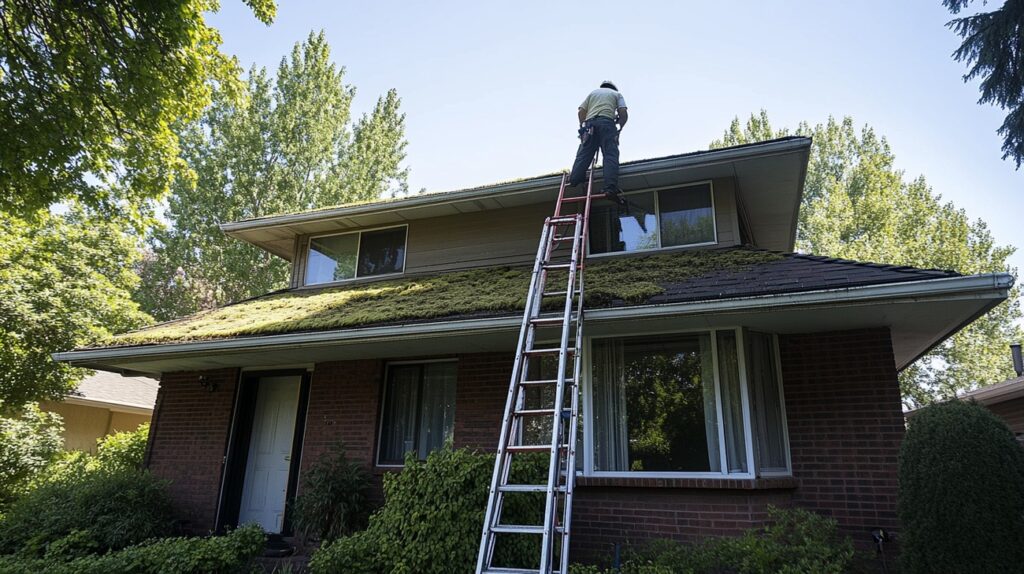
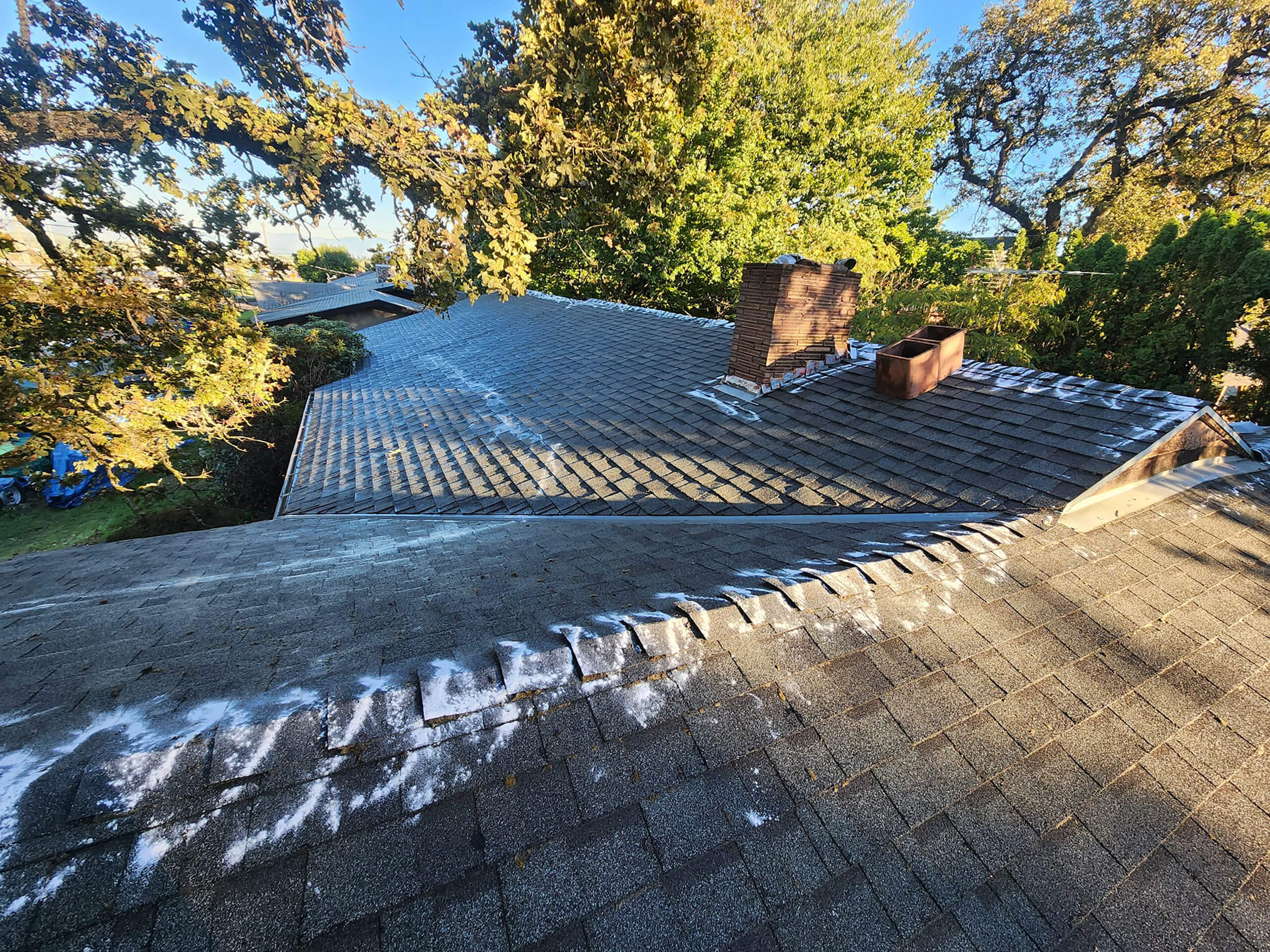
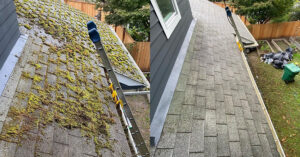 Moss thrives in damp, shaded environments and can quickly spread across your roof if left untreated. While some homeowners attempt to remove moss themselves, professional services are often the best solution. Experts use specialized equipment and cleaning solutions that remove moss effectively without damaging the roof. Additionally, professional services can apply preventative treatments to inhibit future growth, ensuring long-term protection.
Moss thrives in damp, shaded environments and can quickly spread across your roof if left untreated. While some homeowners attempt to remove moss themselves, professional services are often the best solution. Experts use specialized equipment and cleaning solutions that remove moss effectively without damaging the roof. Additionally, professional services can apply preventative treatments to inhibit future growth, ensuring long-term protection.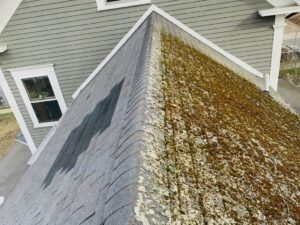
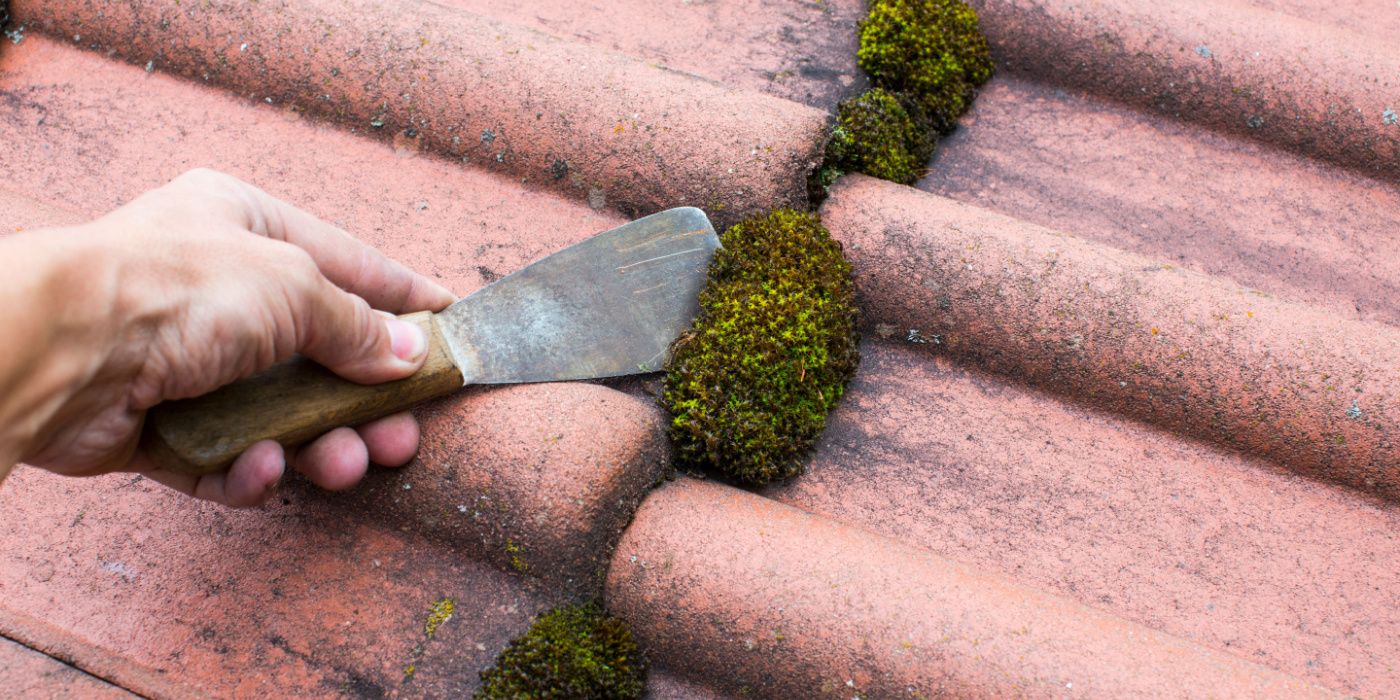
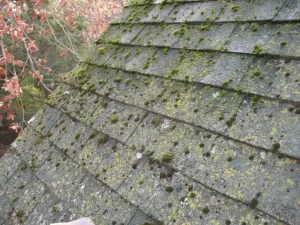 Moisture is the primary factor contributing to moss growth on roofs. Moss thrives in damp environments, absorbing and retaining water, which allows it to spread rapidly. Areas with frequent rainfall, high humidity, or persistent fog create ideal conditions for moss to establish itself. Additionally, roofs shaded by trees or structures remain damp for extended periods, further encouraging moss proliferation.
Moisture is the primary factor contributing to moss growth on roofs. Moss thrives in damp environments, absorbing and retaining water, which allows it to spread rapidly. Areas with frequent rainfall, high humidity, or persistent fog create ideal conditions for moss to establish itself. Additionally, roofs shaded by trees or structures remain damp for extended periods, further encouraging moss proliferation.